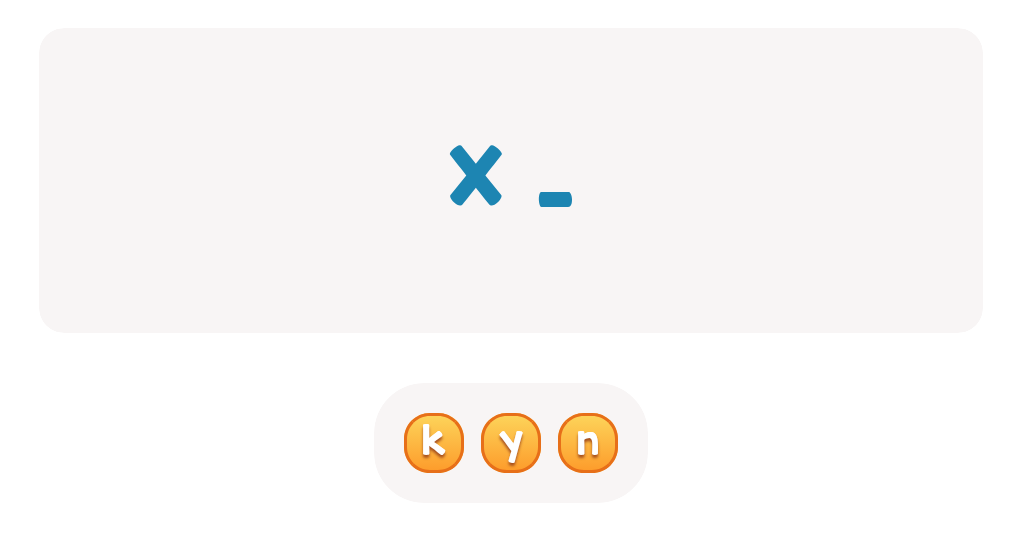Fine motor skills development Normal Upper & Lowercase Letters Worksheets for Ages 3-6
3 filtered results
-
From - To
Enhance your child's fine motor skills with our expertly designed Normal Upper & Lowercase Letters Worksheets, tailored for ages 3-6! These engaging activities help young learners master letter formation by tracing and writing both uppercase and lowercase letters. Highlighted with adorable graphics and age-appropriate content, these worksheets not only foster handwriting skills but also strengthen hand-eye coordination, precision, and dexterity. Whether used at home or in the classroom, our worksheets offer an enjoyable path to literacy and motor skills development, paving the way for future academic success. Stimulate your child’s development with our dynamic learning resources today!


I Stands High Worksheet


Find Lowercase Letters j k l Worksheet


Uppercase Letters P, Q, and R Worksheet
Fine motor skills refer to the small muscle movements in the hands and fingers, which are crucial for performing everyday tasks such as writing, buttoning clothes, and using utensils. For children aged 3-6, developing these skills is especially important as it lays the groundwork for academic success and independence in daily activities.
The ability to write normal upper and lowercase letters accurately is a fundamental academic milestone. As children begin school, they are expected to recognize, differentiate, and correctly write letters. Proficiency in writing these letters enhances their ability to communicate through written language, a key component in their education. Proper letter formation also promotes better reading skills, as understanding the alphabet is the foundation of literacy.
Furthermore, fine motor skill development is not just critical for academics; it boosts children’s confidence and self-esteem as they become more capable of managing life skills independently. For instance, being able to tie shoelaces or zip up a jacket makes them feel competent and self-reliant.
Caring about fine motor skills development means recognizing that these small movements play a significant role in a child’s overall development. Parents and teachers can encourage activities like drawing, cutting with scissors, and playing with building blocks, which all contribute to finely tuned motor skills and proper letter formation abilities.
 Assign to My Students
Assign to My Students


























